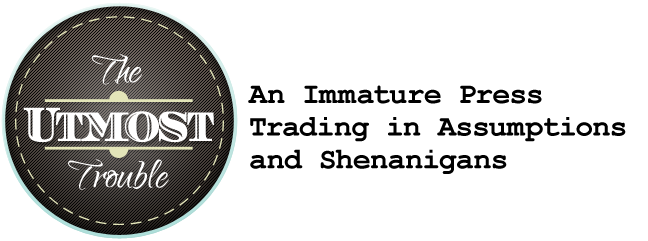In the poem, titled “Bosnia Tune”, by Joseph Brodsky, many literary terms are used throughout, however, the most significant are repetition sound devices, imagery, and juxtaposition.
All literary terms are essential to help the reader understand the poem overall. Repetition sound devices, such as when the author wrote, “scotch” (Brodsky 1) and “crotch” (Brodsky 2), or “tie” (Brodsky 3) and “die” (Brodsky 4), all accentuate the poem and draw out the rhyme scheme that makes the poem sound like a lullaby, which is imposed by the content of war. This can also be comprehended as cognitive dissonance, the poem is like a lullaby, but the content of war contradicts the definition of a lullaby being soothing and calming.
The imagery was able to make the poem more relatable, when the author states, “In the towns with funny names / hit by bullets, caught in flames, / by and large, not knowing why, / people die” (Brodsky 5-8), the reader is able to picture the wreckage of war, putting them in a reflective mood, sympathizing towards the message that the poem is trying to draw out.
In the poem, juxtaposition is found in every stanza. There are several comparisons between rich and poor, people who kill and people who die, and people in war compared to civilians. An example is: “People die as you elect / new apostles of neglect, / self-restraint, etc. -- whereby / people die” (Brodsky 13-16). Juxtaposition, in the example, is comparing civilians who continue to elect unworthy candidates whilst their decisions are causing death and harm. Civilian life versus war life, the ones who kill without pulling the trigger.
In the poem, “The Last Lie”, author Bruce Weigl uses several literary terms throughout, the most fundamental to the overall understanding of the poem are juxtaposition and point of view.
Juxtaposition is found throughout the poem, every stanza hints toward the comparison between misery and happiness. In the first stanza, the author begins the poem with the keyword, “miserable” (Weigl 1), which connects to the sentence: “Some guy in the miserable convoy / Raised up in the back of our open truck / And threw a can of c-rations at a child / Who called in the rumble for food. / He didn’t toss the can, he wound up and hung it/ On the child’s forehead and she was / Backwards into the dust of our trucks.” (Weigl 1-7). This compares to the sentences in the next stanza, which is the difference between the misery, “Waving one hand across her swollen, bleeding head, / Wildly swinging her other hand” (Weigl 10-11), and in the last stanza, “Smiling as she fought off her brothers and sisters. / She laughed” (Weigl 15-16). The anger and rage of the guy in the first stanzas, contrasted with the happiness the girl had, despite being hit with the anger of the man.
Another intrinsic literary element in the poem is the point of view. The point of view is in the third person, and the poem is told from the perspective of another character witnessing the situation. The point of view also is informing the reader that the witness was simply just a witness, there is no other information given that tells the reader the verity of the character’s point of view. However, the character’s point of view seems sympathetic toward the girl, reminiscing as they say: “I grit my teeth to myself to remember that girl / Smiling as she fought off her brothers and sisters. / She laughed” (Weigl 14-16). At the moment, the character whose point of view is used for the poem, was a bystander, although, in thought, they remember the seriousness of the situation.

